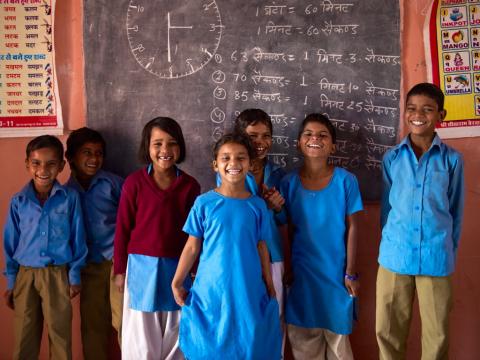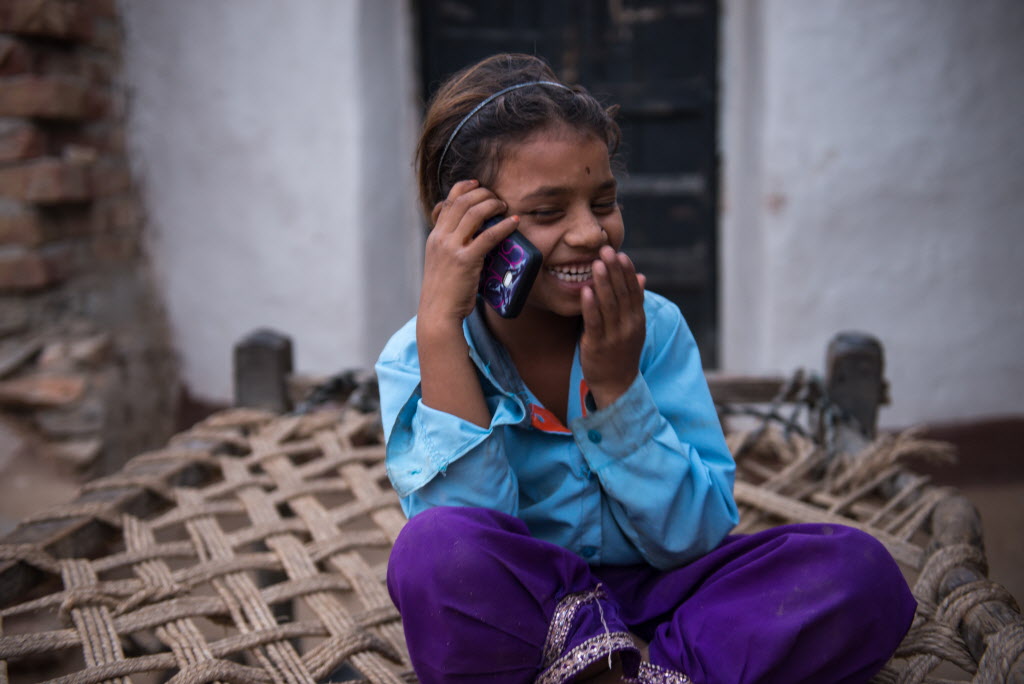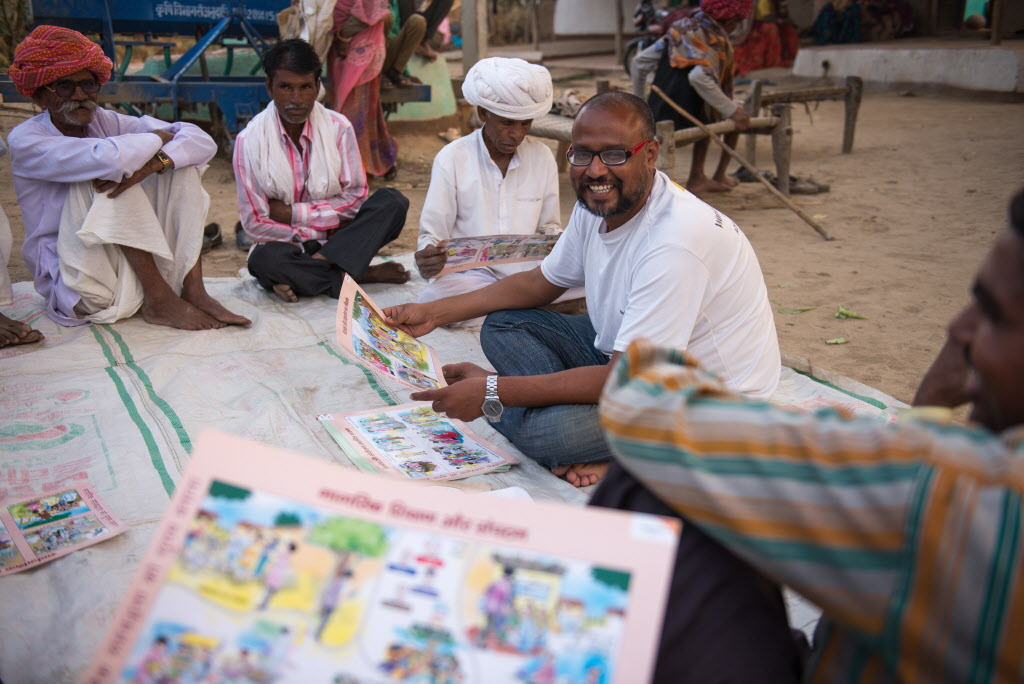Closer steps to a better future for children

Grant profile
Grant Project Name: Citizen Voice and Action for Social Accountability
Funded by: Department for International Development (DFID)
Time frame: May 2011 - March 2016
Purpose and Objective: Improve quality of life of children and communities, especially the most vulnerable and those in the poorest and/or most fragile contexts by accessing basic quality services. Only few are able to access their rightful entitlements and ensure accountability from the service providers. These disparities have caused an enlarging social and economic gap between the rich and poor.
This situation contributes to the following:
- Exploitative pubic delivery Social System
- Lack of demand-driven approach and poor access to services
- Poor awareness on rights and civil entitlements
- Poor quality of delivery of services
- Poor monitoring and lack of political will of existing local institutions (CBOs and Govt.)
Seema's story
"It would take us one hour walking to reach school. We had to puddle through sewage during the rains. Stray dogs also followed us,” says little Seema who lives in a village in Tonk, Rajasthan.
These were some of the dangers eight-year-old Seema and her friends faced on the way to school.
“Now, I’m happy to go to my school nearby,” says Seema as she drinks fresh milk before heading to her re-opened primary school.
Due to lack of teachers, in 2014, the Rajasthan State Government merged a number of primary and secondary schools.
One such merger happened in the Dakhiya School, at Tonk district, Rasjathan in August 2014. The school merged with a larger secondary school that was more than one and a half kilometers away. This forced many students to dropout due to the distance in travelling and lack of public transport.
“I used to play and go to the fields for grazing our goats,” says Seema, during the three months that she left school.
In a survey done by World Vision India, it was seen that out of the 54 students that studied at Dakhiya, only a handful continued going to the merged school. Students at Dakhiya School mostly belong to the marginalized tribes along the lines of the Indian caste system.
Seema is currently studying in fourth grade and lives with her 50-year-old grandmother, Badam. Seema’s parents are construction labourers and they live in Jaipur, which is about three hours by bus. “My parents bring clothes and sweets when they come to visit once or twice a month,” adds Seema.
Seema is talking to her parents over the phone. She longs for her parents to come home.
“Seema has been living with me for the past three years now and she is an obedient child. She loves going to school and studying,” says Badam.
“When the school was closed down, a lot of parents’ work got hampered as they would have to drop their children at school, walking about an hour. Most of them were daily wage labourers who had to rush to the cities at dawn,” says 60-year-old Jagdish who is a Citizen Voice and Action (CVA) member.
The Citizen Voice and Action was implemented by World Vision India in 2009 by forming a core action team from the existing local structures such as Village Development Council, Self-help-groups, and Community-based organisations.
The purpose of the CVA team is to equip, establish leadership and coordinate groups that would come together and fight for their own rights, which they are entitled to. In 2015, about 86 CVA core groups and 39 Disability People’s Organisations were formed across Northern India.
The 11-membered CVA core action team of Dakhiya village was created in 2013 and they meet once a month discussing the children’s health and hygiene, education, mid-day meals etc.
A Citizen Voice and Action (CVA) meeting.
The Dakhiya CVA members were already well versed with the provisions of the Right to Information (RTI) and Right to Education (RTE) Acts.
“Since the primary school closed, four to five parents would come everyday, asking the CVA team to help reopen the school,” says Jagdish.
After detailed discussions with the community people, the CVA team met with the Principal of the school, who felt the same way.
“I was extremely sad when I heard they were closing down the primary school. Children already faced difficulty attending this close-by school. Going to the further one for classes was impossible,” says 46-year-old Sitaram, headmaster of Dakhiya School.
A written application with the signature of all community members on the need to reopen the primary school was submitted to the District Collector and the Member of Legislative Assembly (MLA). Soon an investigation was probed. The surveyors discovered that the distance from the community to the secondary school was beyond the official standard, which is less than one kilometer.
“Dakhiya is one of the two schools we reopened due to the difficulty in access and distance,” says Ajit Mehta, MLA of Tonk district.
The Primary school at Dakhiya was reopened on November 2014. This led to the re-enrollment of a large number of children who had already dropped out. Currently there are 42 children from one to fifth grade enrolled at the primary school.
Every month, the School Management Committee meets with the parents and discuss about the progress of the children in their academics.
Seema eagerly waits for his parents to join the school meetings when they are around. She understands how vital education is as her family is a witness. Due to the lack of education, her parents have to work away from her. “I want to become a teacher and educate my village,” says Seema.

